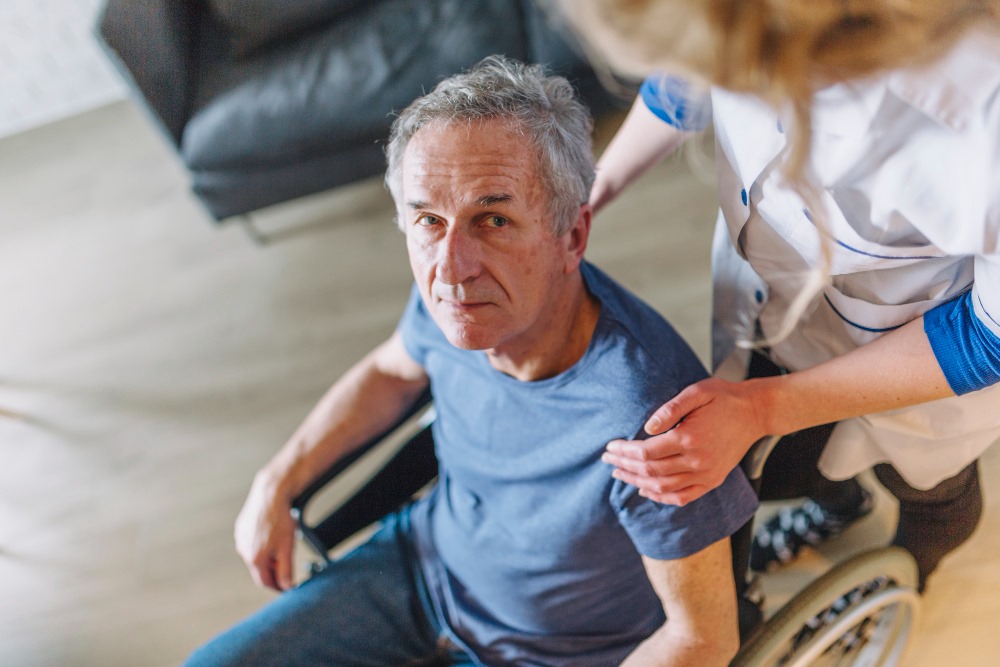Seniors are particularly vulnerable to the debilitating consequences of stroke, making proactive prevention strategies crucial in maintaining their overall well-being. Stroke, often referred to as a “brain attack,” can significantly impact an individual’s quality of life, independence, and cognitive function. By understanding the unique risk factors and adopting preventive measures, seniors can significantly reduce the likelihood of experiencing a stroke.
Table of Contents
- Risk Factors of Stroke
- Incorporating Healthy Lifestyle Changes
- Importance of Regular Health Check-ups
- Creating a Safe and Accessible Living Environment
- Cognitive Stimulation and Mental Health Support
- Conclusion
Risk Factors of Stroke
Several factors contribute to the increased risk of stroke among the elderly population. Hypertension, diabetes, obesity, and cardiovascular diseases are some of the primary risk indicators. Additionally, lifestyle choices such as smoking, excessive alcohol consumption, and a sedentary routine can further elevate the risk. Understanding these risk factors is the first step toward effective prevention.
Learn More: Mental Health Tips
Incorporating Healthy Lifestyle Changes
Diet and Nutrition Tips
A well-balanced diet rich in fruits, vegetables, whole grains, and lean proteins can play a pivotal role in mitigating the risk of stroke. Encouraging seniors to limit their intake of processed foods, saturated fats, and excessive sodium can effectively regulate blood pressure and cholesterol levels, thus contributing to a healthier cardiovascular system.
Regular Exercise Regimen
Engaging in regular physical activity tailored to their abilities can significantly enhance seniors’ overall well-being. Low-impact exercises such as walking, swimming, and yoga not only improve cardiovascular health but also promote better circulation and muscle strength, reducing the risk of stroke and other related complications.
Importance of Regular Health Check-ups
Regular health check-ups and consultations with healthcare professionals allow for the timely detection of any underlying health concerns. Monitoring blood pressure, cholesterol levels, and blood sugar can aid in the early identification of potential risk factors, enabling healthcare providers to recommend appropriate preventive measures.
Creating a Safe and Accessible Living Environment
Adapting the living environment to accommodate the specific needs of seniors is crucial in preventing accidents that could lead to stroke or other health emergencies. Installing handrails, removing tripping hazards, and ensuring proper lighting can significantly reduce the risk of falls and subsequent injuries.
Cognitive Stimulation and Mental Health Support
Mental stimulation and emotional well-being are integral components of senior stroke prevention. Engaging in mentally stimulating activities such as puzzles, reading, and social interactions can help maintain cognitive function and emotional resilience, reducing the likelihood of stress-induced health complications.
Learn More: 10 Powerful Foods for Seniors’ Brain Health
Conclusion
Empowering seniors with the knowledge and resources to proactively prevent strokes is paramount in ensuring their continued well-being and quality of life. By incorporating holistic lifestyle changes, regular health check-ups, and a supportive environment, seniors can significantly reduce their susceptibility to stroke and related health challenges.







